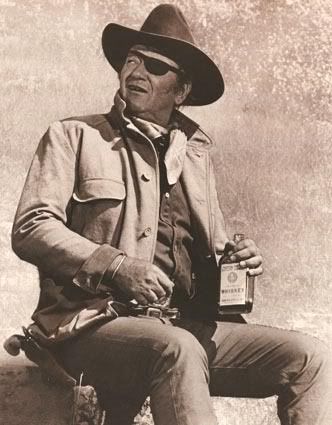
Oops, sorry pardner. I had paused for a little libation.
1) Do I need to adjust where either of these tanks sit in the stock mounting locations? (As in raise the tall tank so it is higher in the system.)The top of the tall tank (surge tank) should at the least be a bit higher than the highest point in your cooling system, so that it becomes the high point. The higher the tank sits, the better. But leave yourself some room for pouring coolant into the tank.
2) Do I keep the overflow tube that comes out of the filler neck just below the cap on the tall tank?.If you fill the system so the tall tank is about 1/2 full when the system is at operating temperature, it shouldn't be capable of over-flowing. But just in case, I would play it safe and run a hose so that if it does overflow, it discharges behind the rear tire.
3) How do you suggest I fill the system with these modifications? (I do have a tool that draws a vacuum and fills at the filler neck.Pour as much coolant into the system via the tall tank (surge tank) as possible, start the motor. When the tall tank empties stop the motor and pour in more coolant. Continue this process until the system is full. The system holds about 5 gallons. The system should be self bleeding if your bleed lines are not clogged. I recommend a 1/4" bleed line from the radiator because of the long distance. A 3/16" line is OK from the swirl tank. When the system is up to temperature, and the thermostat is open, the tall tank (surge tank) should be about 1/2 full. Doesn't have to be exact. The level changes (surges) as you accelerate & decelerate the motor. That's why its called a surge tank.
4) Is there any advantage to leaning the radiator forward if I do not have hood vents.No. There's never an advantage to leaning the radiator over. It is sometimes a necessity when fans are installed behind the radiator. But its not recommended if you can avoid it.
Congrats, your coolant bleed system will be functional for the first time ever. It is now capable of operating the way it was intended to operate. How the surge tank became an overflow tank with a pressurized radiator cap we'll never know. This robbed the coolant system of a place to bleed air. How a radiator cap was installed at the bleed point of the swirl tank we'll never know. This made the swirl tank non-functional. Why these problems weren't caught and rectified during production we'll never know.
Silly engineering like this is enough to drive a man to drink.
-G


